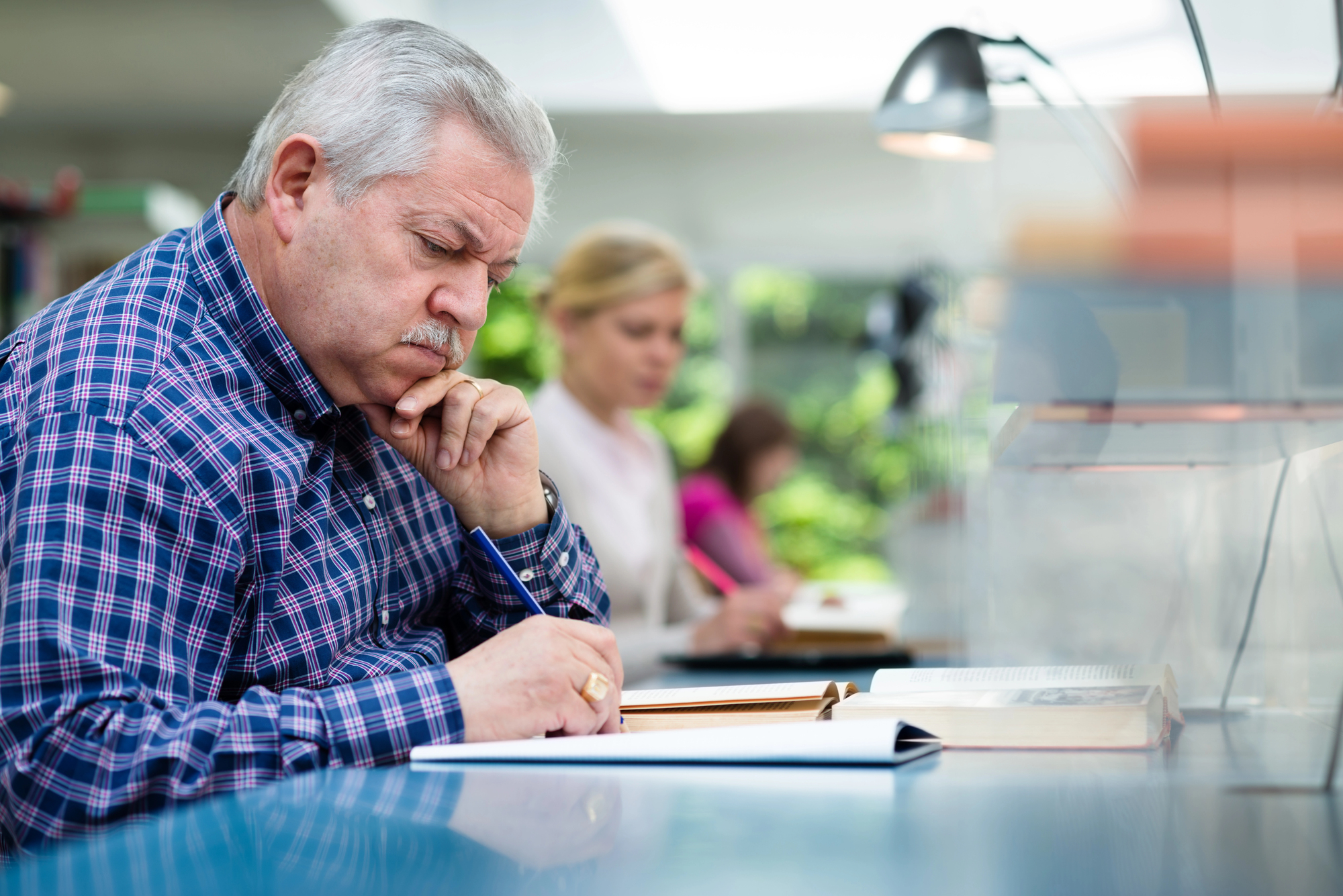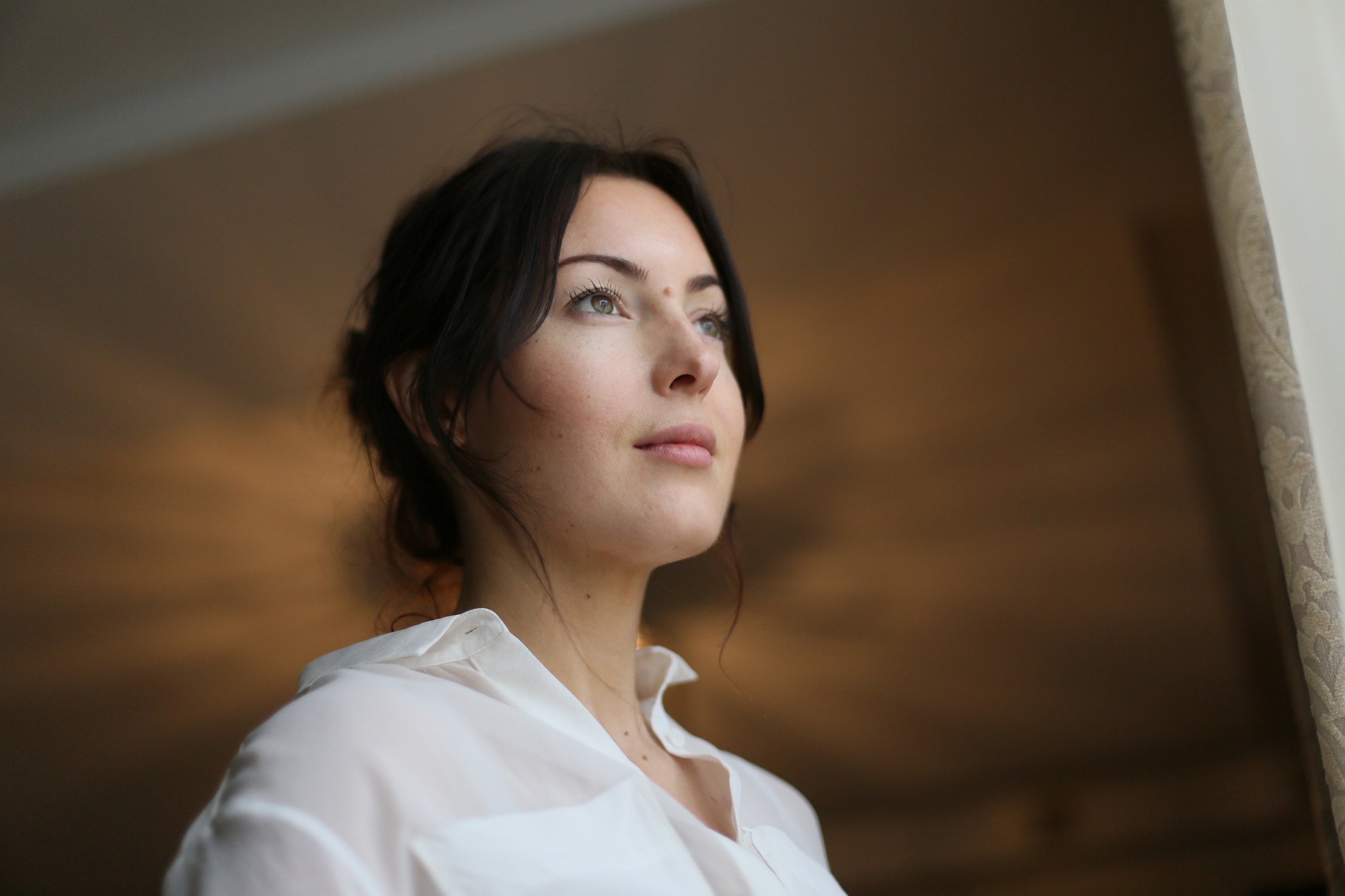These things set truly critical thinkers apart from the rest.

There are several noted differences between people who have vital critical thinking skills, and those who believe everything they’re told. Here are 12 distinct behaviors you’ll only find in those who can think critically.
1. They observe and collect information about a subject before deciding what they think or feel about it.

You’ve undoubtedly come across many people who simply repeat what they’ve heard about things but can’t tell you any further details because they haven’t delved further into the given subjects. In contrast, critical thinkers research topics thoroughly before making any personal decisions regarding their own thoughts about them.
2. They ask questions rather than assuming anything.

There’s a common idiom that states “To assume is to make an ass out of u and me”, and it’s quite an accurate one. People who think critically know how important it is to ask questions about a given situation rather than jumping to conclusions based on preconceptions or personal biases.
3. They pay attention to small details.

Paying attention to tiny details can often grant immense insights. While most people skim over the surface of things or take them at face value, critical thinkers like to examine minutiae for information that others might have missed or ignored. Those small details can mean a world of difference, depending on the situation.
4. They also look at the bigger picture.

It’s just as important to draw back from the micro to examine the macro. Instead of just looking at someone’s actions, for example, a critical thinker will look at their intention, as well as their life circumstances and their personal history. All this information will grant a greater perspective of their motivations.
5. They seek to understand the truth of a subject, rather than being led by personal bias.

We’ve all experienced difficulties in our lives thus far, and it’s only natural for some of those experiences to color our judgment at times. People who think critically will step away from personal associations to look at the unbiased truth of a subject or situation, aware of how their feelings might obscure facts.
6. They display natural curiosity.

Those who are perfectly content with being inundated with information by others rarely question anything. In contrast, critical thinkers are naturally curious and display an eagerness to learn about things from an early age. They were the “why?” kids in their youth who drove everyone nuts with their incessant questions.
7. They’re open-minded, and will often change their mind (or their stance) if new evidence comes to light.

Although they may have firm opinions and beliefs, they’re always open to learning more—and by extension, they’re open to the potential that they may change their stance as they discover new things about subjects. They know how foolish it would be to cling to a position that’s proven to be wrong.
8. They graciously admit when they’re wrong (or when they don’t know something).

When they discover that they’ve made a mistake, or if they’re ignorant about a particular subject, they own up to it quickly. Critical thinkers know that they can’t learn anything if they pretend to already know the subject, and that there’s no shame in admitting a mistake; it’s simply an opportunity for growth.
9. They don’t jump on bandwagons.

They aren’t about to grab a pitchfork and torch and go along with a screaming crowd simply because everyone else is joining in. Similarly, they don’t subscribe to herd mentality to parrot popular phrases or actions. They’ll analyze everything to determine their personal stance on it, and then act accordingly.
10. They don’t mind being condemned or mocked for going against the crowd and standing firm in their stance.

Lemmings who are enthusiastically throwing themselves off cliffs will mock and deride those who aren’t doing the same—even if and when they realize that their companions are hurtling to their doom. Critical thinkers are absolutely fine with getting mocked for standing their ground, as they’re often the last ones left standing.
11. They can recognize patterns and acknowledge them as such.

If something happens twice, it can be written off as coincidence. If it happens five or ten or 100 times, however, then that’s a solid pattern. Critical thinkers pay attention to patterns and acknowledge them as such, rather than writing them off as being insignificant because someone else said so.
12. They aren’t moved by propaganda.

They can be shown all the exciting cartoon adverts in the world, or be assailed with repeated mantras from talking heads, and remain unmoved. Critical thinkers look at the motivations behind everything, and can recognize when others are trying to influence them in a particular direction, which they refuse on principle.









